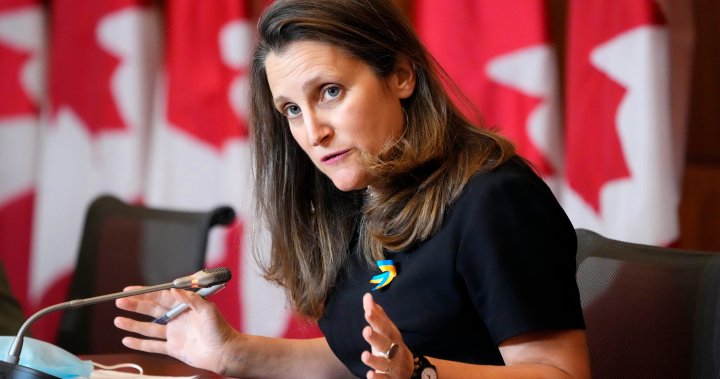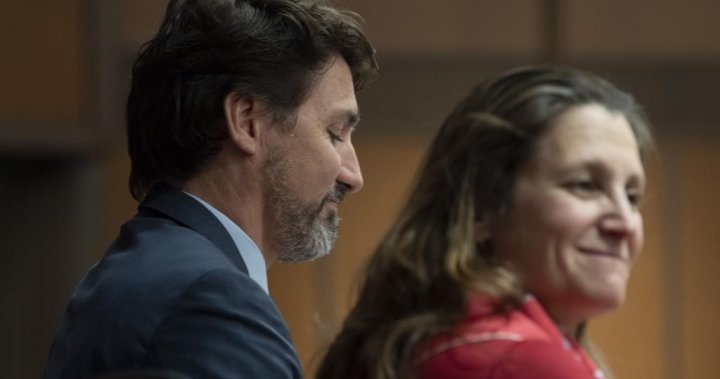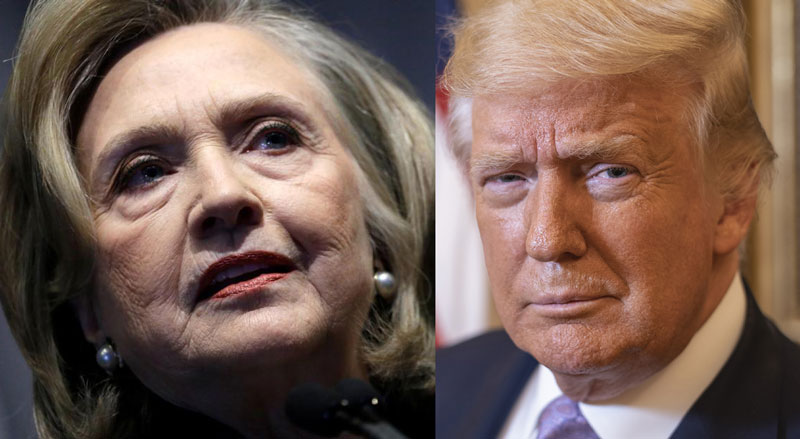Budget 2022 will need ‘alchemy’ to balance cost of living, global risks: expert – National
As the Liberals prepare yet another pandemic-era federal budget, they need to figure out a way to balance promises targeting the rising cost of living with the volatility of an uncertain world, experts are warning.
Now three years into the COVID-19 pandemic, and more than a month into Russia’s unprovoked invasion of Ukraine, those risks are profound.
“The federal government has to remain fiscally sustainable, and I think they’re going to have to pull off some kind of alchemy to get all of this to work,” said Sahir Khan, executive vice president at the University of Ottawa’s Institute for Fiscal Studies and Democracy.
“You don’t want to plan on an optimistic forecast. You want to bake in some of that risk.”
Read more:
Calming global uncertainty key to easing soaring gas prices, says natural resources minister
The global economy has been roiled by successive rounds of lockdowns.
Worker shortages and changing consumer behaviour coupled with raw goods shortages have repeatedly strained supply chains around the world, and governments are under pressure as inflation rises to highs not seen in decades.

Survey: Half of Canadians say they are going to start driving less because of high gas prices – Mar 26, 2022
Statistics Canada pegged inflation at 5.7 per cent in February – the highest level in 30 years.
At the same time, the federal Liberals are also being pressed to both spend more on social programs such as dental care, child care and health care transfers, while also needing to build out the financial room to respond to whatever the next crisis will be.
“Risk has to be converted into money,” Khan warned.
After three years of massive levels of government spending on COVID-19 support programs, the federal deficit is shrinking as stimulus and support programs end.
The fall fiscal update showed the deficit last year was lower than expected – $144.5 billion, below the government’s previous forecast of $154.7 billion – largely due to new tax revenues.
On Thursday, Prime Minister Justin Trudeau told journalists the budget will use the fiscal guardrail that the government has turned to again and again when pressed on spending sustainability – the debt-to-GDP ratio.
“That remains, and that will always remain as one of our core fiscal anchors,” said Trudeau.
“We will continue to present that track of a declining debt-to-GDP because it matters to Canadians.”
What exactly that looks like though, amid significant new spending promises, remains unclear.
What could dental care, defence boosts cost?
The Parliamentary Budget Office’s latest projections suggest the Canadian economy could rebound “sharply” over the coming months, with provinces expected to continue loosening health restrictions related to COVID-19.
The PBO also projected the federal debt-to-GDP ratio to decline over the medium term as federal spending on COVID-19 supports wind down – from 47.7 per cent in the 2021-2022 fiscal year to 42.3 per cent in 2026-27.
While the cost of servicing that debt is expected to rise – with the Bank of Canada widely expected to continue to raise interest rates – the PBO still projected that cost to be “low,” reaching 11.5 per cent of tax revenues over the next few years.
At the same time, the government is expected to roll out new spending targeting the cost of living, home prices and priorities laid out under its confidence and supply deal with the NDP.
Chief among the latter is a promise to begin creating a national dental care plan.

New Liberal/NDP dental care proposal – Mar 24, 2022
Under the deal, the government will launch a new dental care program for low-income Canadians. This is expected to begin with children under the age of 12 this year, then expand to those under the age of 18 as well as seniors and people with disabilities next year. A full implementation would come in 2025.
That program would be restricted to families with an annual income of less than $90,000.
The Parliamentary Budget Officer costed a similar program proposed by the NDP previously and projected an initial cost of $1.4 billion to get the program up and running.
The first year of such a program would then cost around $4.6 billion, before settling to around $1.7 billion per year ongoing. That high up-front cost built in the assumption that “preexisting oral conditions will be treated in the first calendar year,” the PBO said.
All in, the cost would be just shy of $11 billion over five years.
As well, there is speculation that defence spending could also rise in the upcoming budget.
That comes amid rapidly rising fears of violent spillover from Russia’s invasion of Ukraine.

Canada’s defence spending expected to be priority in 2022 budget
Canada currently spends roughly 1.4 per cent of its GDP on defence but is under pressure to meet the two-per-cent target agreed to by NATO members back in 2014. Doing that would require between $16 billion to $25 billion, depending where Canada’s GDP goes.
“The war in Ukraine has made it hard for anybody to imagine cutting the defence budget in the aftermath of the pandemic,” said Steve Saideman, who holds the Paterson Chair in International Affairs at Carleton University.
Modernizing Canada’s Arctic infrastructure could be a crucial aspect of how to get a better bang for taxpayer buck in the North amid questions over Russian aggression in the region, he said.
“I do think it makes sense to invest in infrastructure in the Arctic. The communities that are up there have lousy infrastructure,” Saideman said.
“If we do a better job of giving them infrastructure – so that way they can take care of their health, they can take care of their water and all the rest and have ports and airfields that can then be used in case of emergency – that that makes our military much, much better able to operate up there.”
National security officials warned last month that Canada’s Arctic is at an “inflection” point.
As the climate warms and Arctic ice melts, both Russia and China are expected to play a much larger role in the region as they seek to both exploit natural resources and extend their influence. Spending on Arctic infrastructure could kill two birds with one stone: boost military capacity, while improving the resiliency of the communities on the front lines of climate change.
The Liberal 2021 campaign platform included a pledge focusing on investments to “support northern communities and further strengthen Canada’s sovereignty in the Arctic, including with respect to the increasing navigation of Arctic waters.”
Specific numbers on that, though, remain to be seen.
Balancing climate change, oil price rise
All of those factors, combined, feed into the pain so many Canadians are feeling – at the pumps, at the grocery store, and at the end of the month as pay cheques continue to stretch.
The federal Conservatives have urged the government to offer up a tax rebate or some form of relief on the cost of gasoline, even as Ottawa continues scheduled increases to the carbon price and secures new agreements for producing electric vehicles in Canada.
In a pre-budget submission, Chartered Professional Accountants Canada urged the government to boost investments in clean energy, while also laying out a detailed plan to map how each sector of the Canadian economy can transition to net-zero carbon emissions.
The Liberals’ stated goal for that transition is 2050.
Read more:
Canada’s net-zero climate goals may fuel inflation but offer long term ‘win-win’: experts
The association noted that laying out clear metrics for the government’s fiscal anchor should also be a priority, along with setting an “annual savings target” for all departments and agencies.
In an uncertain world, the reason is simple – much like Canadians save for a rainy day, the government needs to make sure it is giving itself room to maneuver in the inevitable next crisis.
“Sustainability isn’t just some nebulous concept,” concluded Khan.
“It means that the next time we have a recession, the next pandemic, the next military crisis overseas, the federal government has this fiscal firepower that we talked about when the pandemic hit to deal with it.”

Pandemic flux syndrome: the uncertainty of COVID-19 restrictions – Mar 23, 2022
© 2022 Global News, a division of Corus Entertainment Inc.








